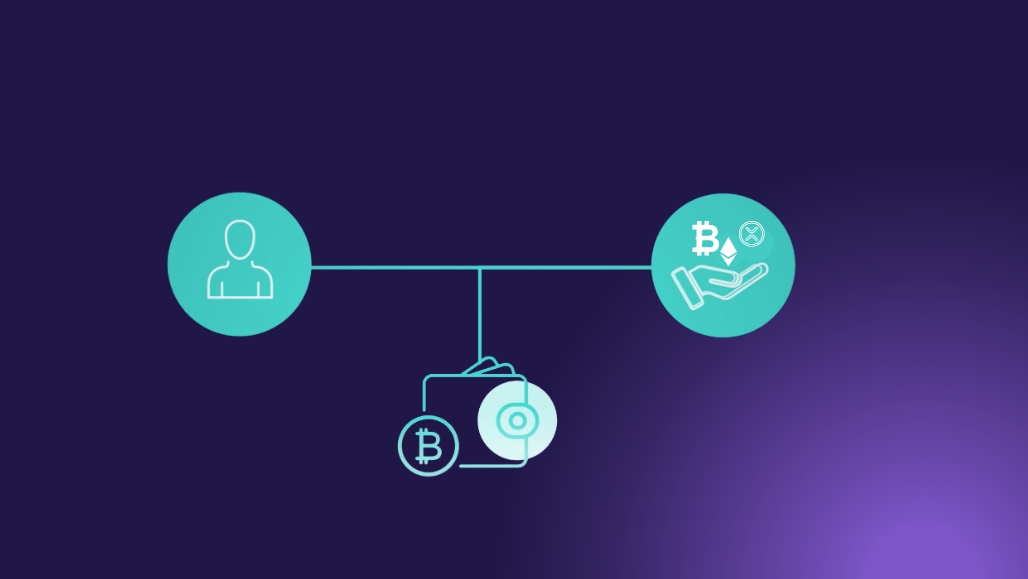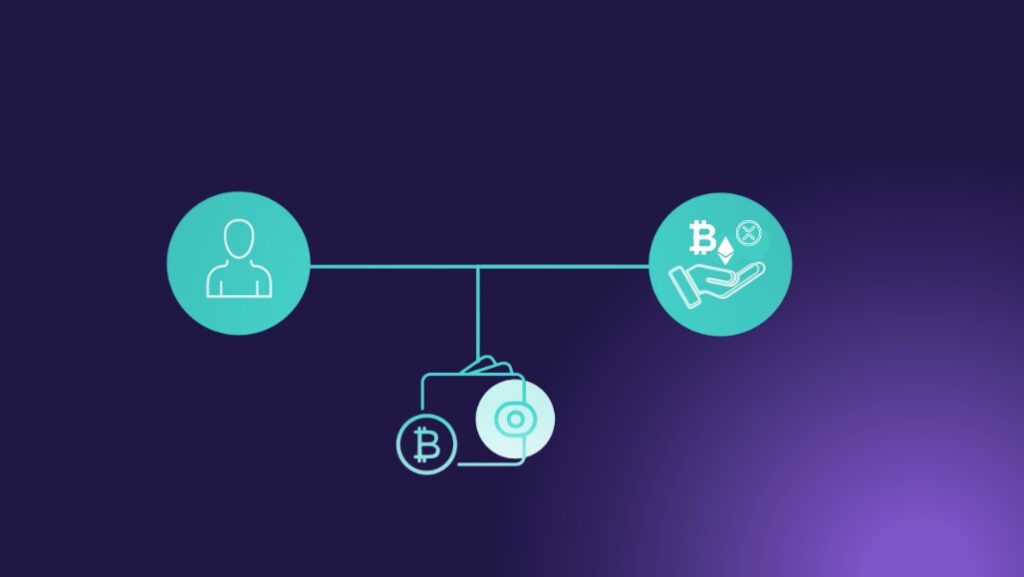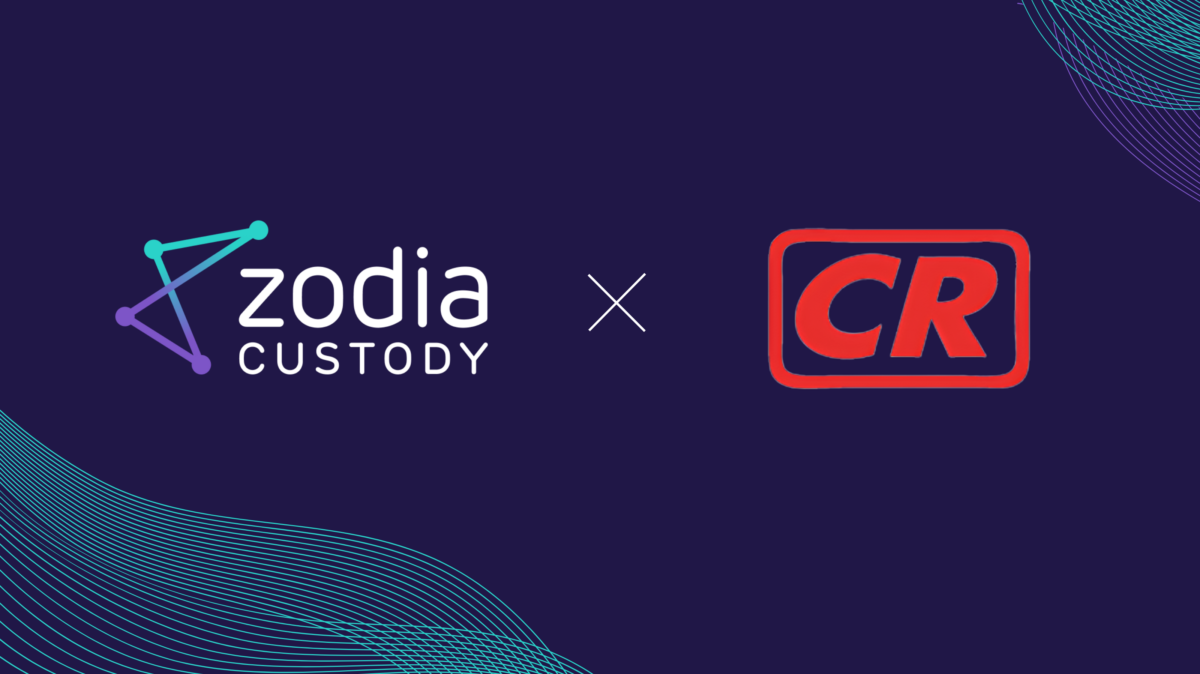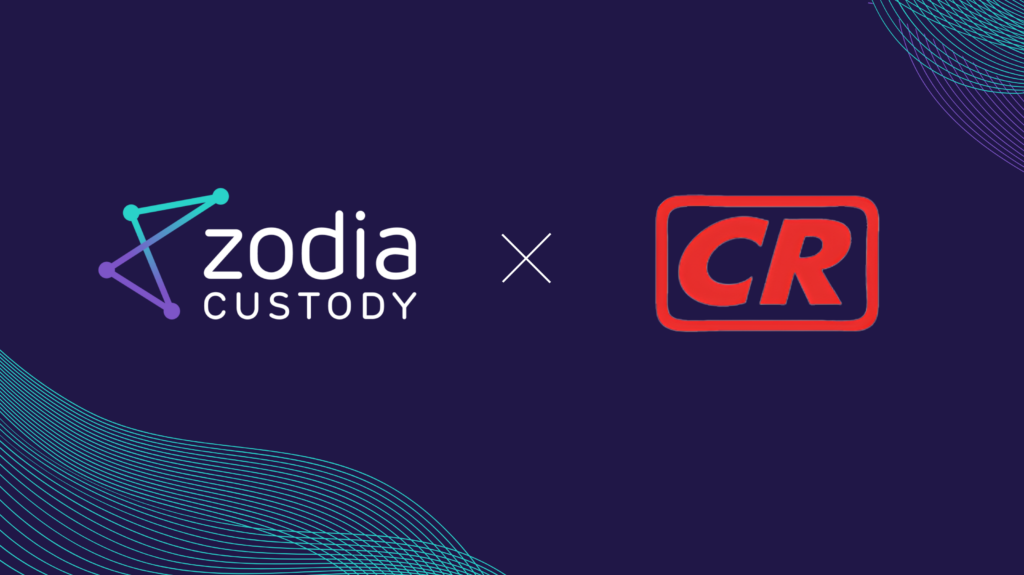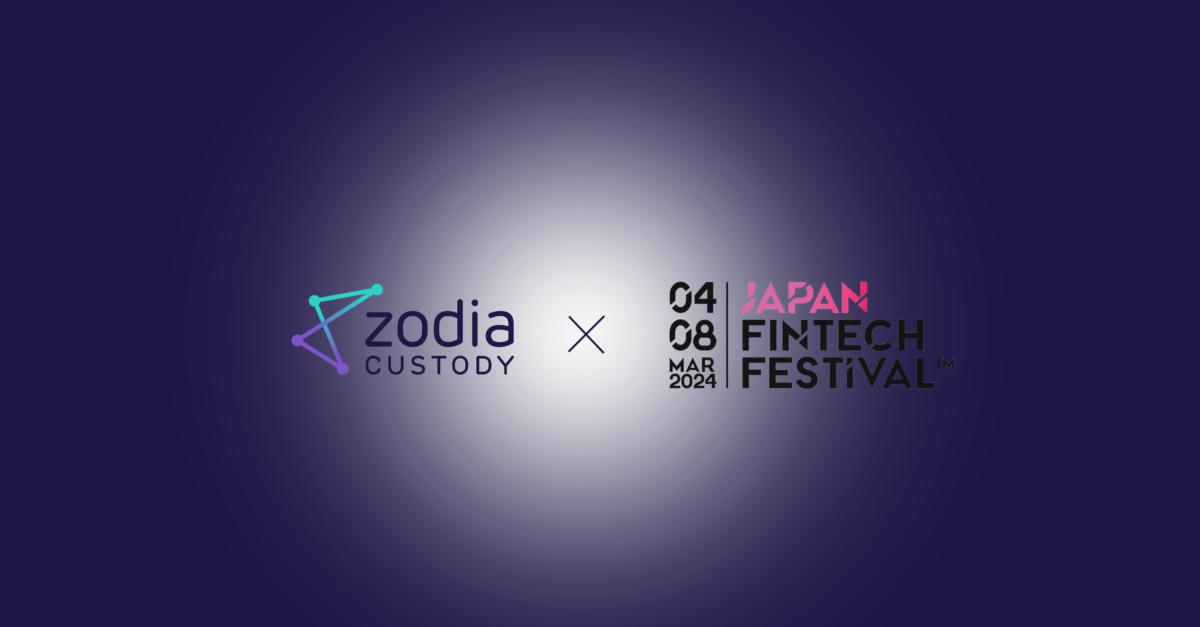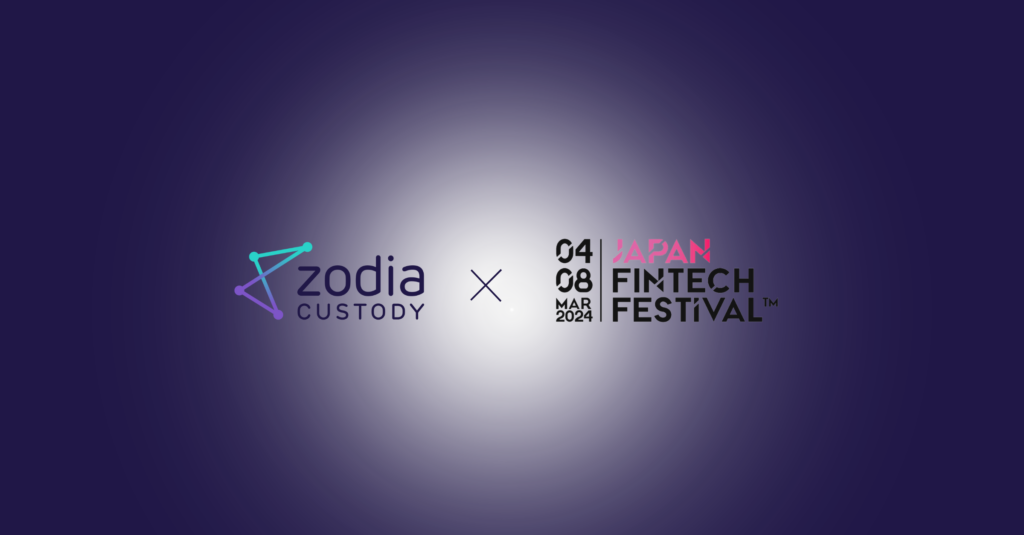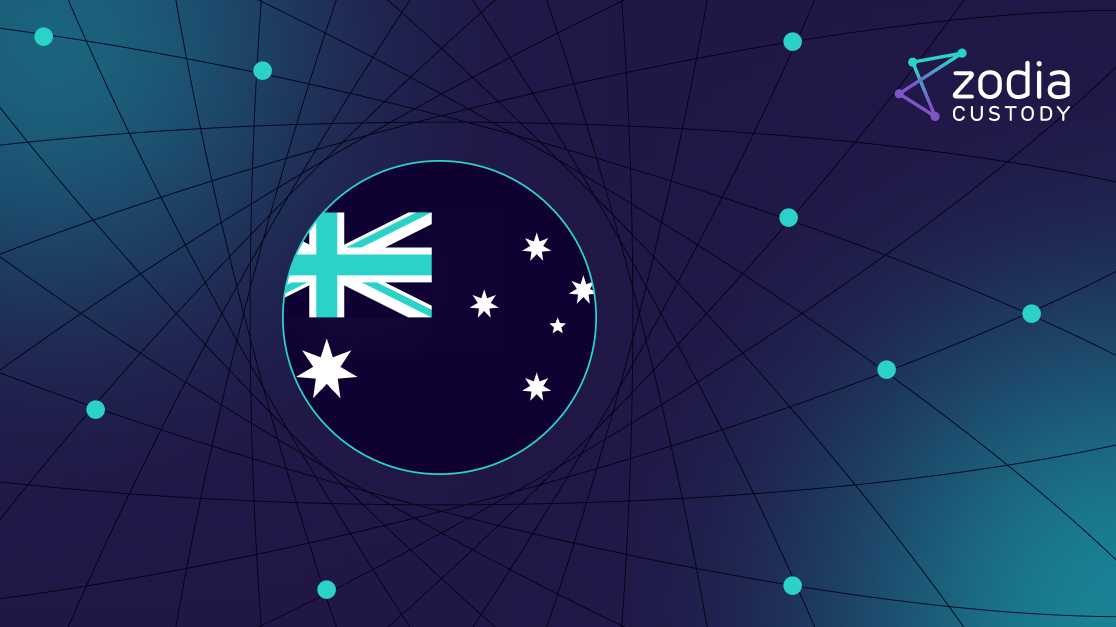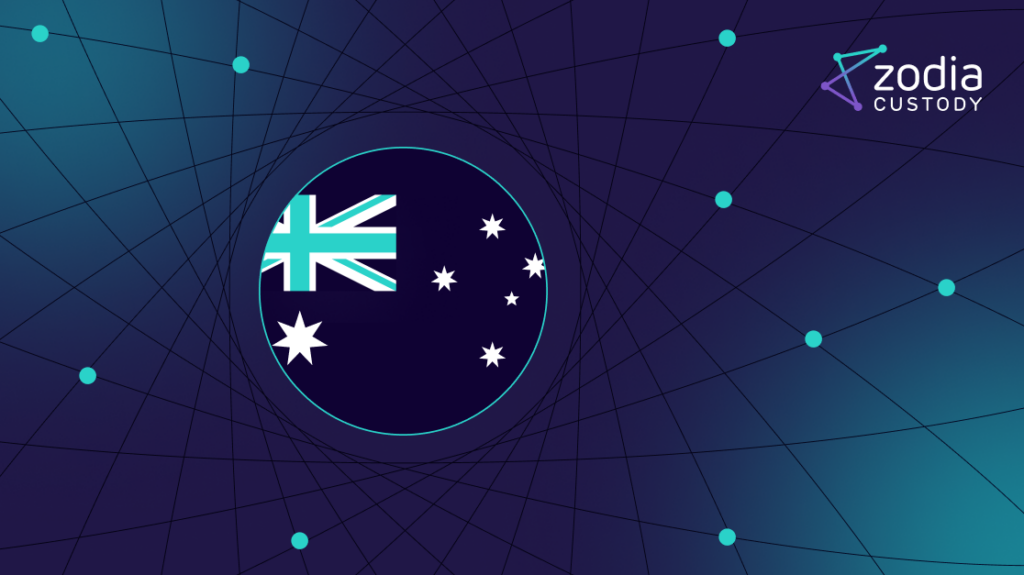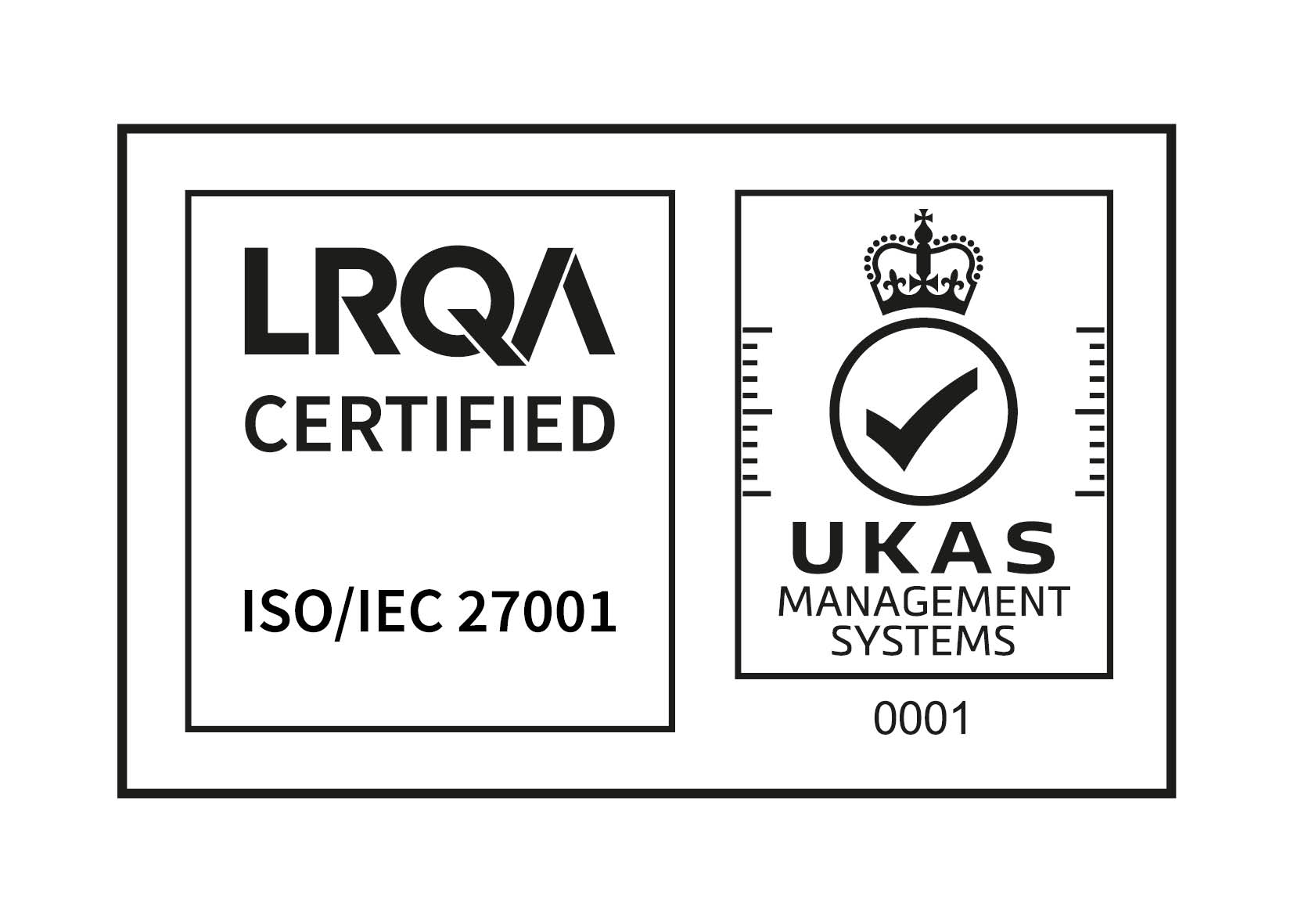Blockchain APAC Policy Week 2024: Australian digital assets businesses hungry for regulation

In a huge year for digital assets policy making in Australia, we’ve convened in Sydney alongside hundreds of other businesses, advisors and policy makers, for a week of focused but “complicated” debate for Blockchain APAC’s Policy Week 2024.
Across the week, which Zodia Custody is a proud sponsor and supporter of, we’ve participated in discussions helping to shape the narrative on digital assets and build our understanding of the impact of emerging regulatory clarity coming to our industry.
Now is Australia’s chance to grab the opportunity
Policy Week kicked off with a speech by Kate Cooper, who fed us an appetiser of inspiration by challenging us to use this week to think about the 1% impact we could each make to the future of our industry. Drawing upon her time leading the Web 2.0 movement from UK Government, Kate reminded us how important this moment is for Australia to grab its opportunity to punch above its weight in Web 3.0.
But while we’re all thinking about how we might individually impact the industry, there’s an undercurrent of concern that as a nation, Australia runs the risk of turning up late to the party.
A balanced diet
A lot of interesting discussions examined the progress made by various global jurisdictions, with a particular eye on APAC cousins like Japan and Singapore. It seems like the jurisdictions with the best chance of responsibly grabbing the opportunity posed by digital assets are those that can strike the perfect balance between regulatory thoroughness and an openness to innovation. Too much analysis paralysis and deep focus on regulating the technology, and we might end up sluggishly stifling innovation in the long run.
Hungry for regulatory clarity
The fear of sluggish progress and stifled innovation is real, and our industry is crying out for clarity. As Amanda Wick from Incite Consulting acknowledged, we need guardrails; we need frameworks to be successful. Australia has served up world class innovative digital asset businesses here, but some of our greatest talent and entrepreneurs hungry for regulatory clarity are starting to look overseas to jurisdictions perceived to be more open to supporting a digital asset future.
We heard from some of the largest crypto exchanges in Australia; BTC Markets and Independent Reserve, who are ready and waiting to apply for their licenses, as soon as there is the right clarity and timing to do so. The Treasury’s digital asset platform proposal paper released at the end of last year has been widely digested, and there is growing anticipation of what the final regulatory framework will look like, what the timelines are, whether there will be any deviation from the consultation paper, and importantly, whether new regulation will indeed nurture the industry.
As Caroline Bowler from BTC Markets put it, we’re looking forward to a regime that matches the ambition of the digital asset industry, and really hope that what’s put forward enables us to gallop ahead, and not just inch forward.
Try a compliance aperitif
Hannah Glass from King & Wood Mallesons offered some food for thought to those grumbling bellies hungry for regulatory clarity, suggesting that we can largely anticipate what Australia’s digital asset platform policy framework is likely to look like from the Treasury’s proposal paper, and that now is the time to do some kitchen prep. She suggested Australian digital asset businesses should be in a good position now to understand what their obligations are likely to be, and start shaping their operations to put themselves in the best position possible for when the proposed framework becomes law.
Michele Levine from Hamilton Locke framed this as “voluntary compliance”, and that prudent businesses could work to understand potential risks and how to mitigate them now. By operating as if they already have an Australian Financial Services License, by beginning to comply today, these hungry digital asset businesses will be ready for the Australian regulators’ main course tomorrow.
